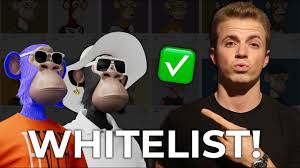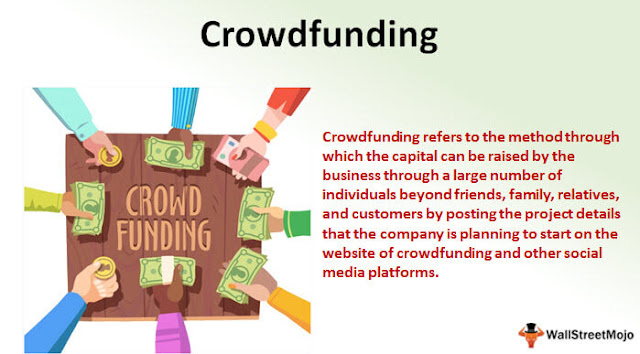NFTs in simple terms or words:
A non-fungible token, or NFT, is a digital asset that symbolizes a physical item, such as the Charlie Bit My Finger film, which sold for £500,000 in May. NFTs are often encoded using the same underlying software as many crypto currencies and are purchased and traded online, often with cryptocurrency.
Click here for more info on NFTs
Despite the fact that they've been there since 2014, NFTs are gaining popularity currently as a popular means to buy and sell digital artwork. Since November 2017, a stunning £123 million has been spent on NFTs.
NFTs are likewise one-of-a-kind, or at the very least one of a very small run, and contain unique identification codes. "Essentially, NFTs generate digital scarcity," explains Arry Yu, managing director of Yellow Umbrella Ventures and head of the Washington Technology Industry Association's Cascadia Blockchain Council.
This is in sharp contrast to the vast majority of digital products, which are nearly always available in endless quantities. If a certain asset is in demand, cutting down the supply should theoretically increase its value. However, many NFTs have been digital works that already exist in some form elsewhere – such as the viral Charlie Bit My Finger clip or securitized copies of digital art that are already floating around on Instagram - at least in these early days.
For example, prominent digital artist Mike Winklemann, better known as "Beeple," created "EVERYDAYS: The First 5000 Days," a composite of 5,000 daily drawings that sold at Christie's for approximately £50 million.
Individual images—or perhaps the full collage of images—can be seen for free on the internet. So, why are individuals prepared to spend millions of dollars on something that might be simply screenshotted or downloaded?
Because a non-financial transaction permits the buyer to keep the original object. It also comes with built-in authentication, which acts as evidence of ownership. The "digital bragging rights" are almost as valuable as the object itself to collectors.
.jpeg)

Comments
Post a Comment